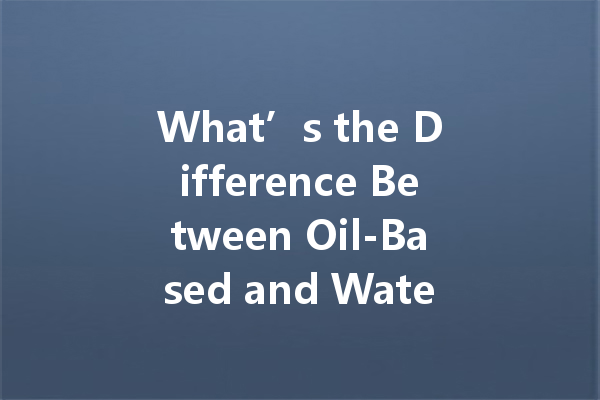When it comes to caring for your wooden furniture, choosing the right polish is essential. The two main types of wood polish – oil-based and water-based – serve different purposes and come with unique advantages and disadvantages. This guide will explain the differences between oil-based and water-based wood polish to help you make the best choice for your furniture.
Understanding Wood Polish
What is Wood Polish?
Wood polish is a product used to enhance the appearance of wood surfaces while providing protection against wear and damage. It can help restore and maintain the natural beauty of wood, making it look shiny and new. The polish can be divided into two primary categories: oil-based and water-based, each with distinct formulations and properties.
Common Uses of Wood Polish
Regardless of the type, wood polish is commonly used on furniture, cabinets, flooring, and other wooden surfaces. It fills in scratches, enhances the grain, and provides a protective layer against dirt and moisture, making it an essential part of wood care.
Oil-Based Wood Polish
Characteristics of Oil-Based Polish
Oil-based wood polish is made with natural or synthetic oils. These products penetrate the wood, nourishing it and enhancing its natural grain. They typically provide a darker, richer finish, making the wood appear more vibrant and alive. Oil-based polishes often require a longer drying time, which can be a consideration for those in a hurry.
Advantages of Oil-Based Polish
Disadvantages of Oil-Based Polish
Water-Based Wood Polish

Characteristics of Water-Based Polish
Water-based wood polish, on the other hand, utilizes water as its primary solvent, resulting in a much quicker drying time compared to oil-based products. This type of polish tends to remain clearer and lighter in color, allowing the natural hues of the wood to shine through without darkening it.
Advantages of Water-Based Polish
Disadvantages of Water-Based Polish
How to Choose the Right Polish for Your Needs
Consider Your Furniture Type
When deciding between oil-based and water-based wood polish, consider the type of furniture you have. Heavily used items like dining tables or chairs may benefit from the durability of oil-based products. In contrast, lighter-use items or surfaces that require frequent upkeep may be better suited to water-based options.
Think About the Desired Finish
Your aesthetic preference also plays a role in your choice. If you prefer a glossy and rich finish, oil-based polish may be your best bet. However, if you’re looking for a clearer and more natural look, a water-based polish will suit your needs better.
Environmental Considerations
For those who are environmentally conscious, water-based polishes are generally regarded as more eco-friendly due to lower levels of volatile organic compounds (VOCs). If you are sensitive to strong odors or chemicals, water-based options may be more suitable.
Conclusion
Choosing between oil-based and water-based wood polish ultimately comes down to your needs and preferences. Each type has its own set of benefits and drawbacks. By understanding the differences between them, you can make an informed decision that best suits your furniture and lifestyle. Whichever you choose, regular maintenance and care will keep your wooden surfaces looking their best for years to come.
